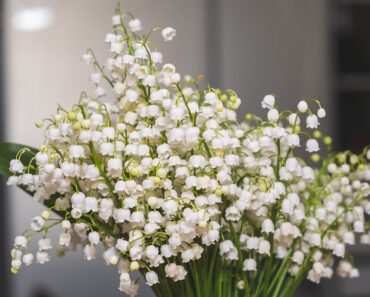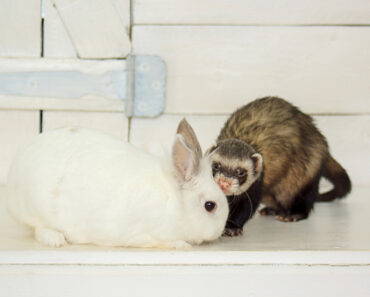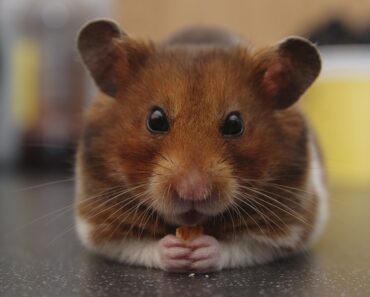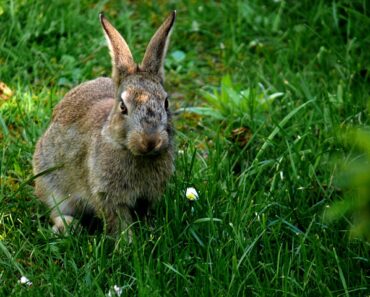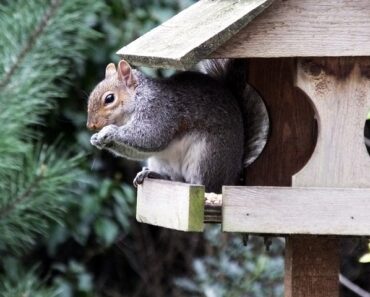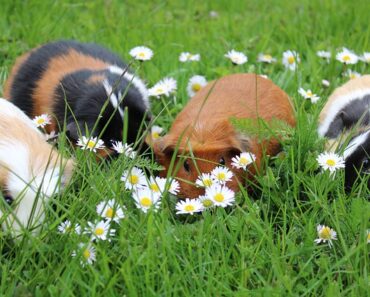
The degu, which takes its name from the Latin “octodon degus”, wants its name to come from the worn shape of its 20 teeth which form a kind of “8”. One uses however more easily the name of “Dogus” instead of octodon but both exist.
It is a small rodent of about twenty centimeters and which weighs 300 grams on average.
When you have a small rodent such as this one, it is normal and quite natural to find a place for it to feel well and to develop and play in an optimal way.
The cage for degu exists but it is still necessary to know which one to choose, to know which are the criteria to prescribe for such a choice and the criteria to proscribe especially at the level of the choice of the litter for example.
As it is an important step in order to ensure a total comfort to the small rodent, here are some advices to choose its habitat.
While many owners of rodents and especially degu often buy a cage unsuitable for them, we must not forget that this small rodent loves to run, to run because it is full of energy. This is why it is preferable initially to opt for a spacious enough cage so that it is distracted and does not get bored by introducing for example many accessories. The cage is not only his refuge or a dormitory, but it is also the place where he will eat, rest, sleep, wash and will also be his main playground. It is therefore necessary to make sure that all these parameters are taken into account in the choice of the cage.
The cage for the degu should not be considered as a prison or any kind of confinement but as his own habitat where, ideally, no human hand should enter so that he feels completely confident and at his ease.
The important thing is to privilege length and width rather than height.
Whatever happens, certain rules are to be respected for the cage of the degu, namely :
. not to take a plastic cage (nor of games besides) because the degu can gnaw it or even eat it.
. prefer wood, if possible not melamine coated
. check the closing systems and because degus can open them
. check that the cage is not dangerous: no protruding piece of metal, etc. .
. check the solidity of the mesh: take with hard and not flexible bars. In addition, the mesh must be tight enough (2 cm maximum distance) so that the rodent does not get out of the cage.
. the possibility to hang a bowl or a bottle of water easily.
The other essential point is a large floor area and a low height, therefore for more security and for the rodent to be able to exercise as he wishes. The cage must really have very solid bars as well as the bottom because even if the degu does not have harder teeth than the other rodents, it easily manages to create a hole in a plastic floor and to nibble at the ventilation grids.
Dimensions of the cage
The degu cage, which can be mounted on casters, needs a certain capacity and dimensions such as 156 x 116 x 100 are ideal, allowing for example to house up to 3 degus.
The minimum size of its cage can be 80 x 150 x 100 and it is advisable to install several boards to make floors and add, if possible, a large iron wheel.
Remember once again that the bars must be entirely metallic, this is a crucial point for the degu cage!
Layout of the cage
As the degu is a small rodent very vivacious and which needs to spend a lot of energy, it is important to arrange its cage well, in particular with knotty branches, various trays which will allow it to climb, to climb, to jump.
The degu also appreciates the huts with, at its disposal, materials so that it can build its nest. He also likes plastic tubes like tap pipes in which he can squeeze his way through.
It will also need a bottom, if possible with a mixture of chalk and sand, to satisfy its need to dig and sharpen its claws. This is very important, so you have to take your time: it is estimated that for a small cage, the installation alone takes about 1 hour.
Where to place the cage?
As it is an animal that loves to observe the world around it, it is preferable to place the cage high up, in a clear corner. Do not put the cage against a wall as it could be damaged. Similarly, it is necessary to provide a place to store all his “small things” because the degu has the unfortunate tendency to put outside everything that does not suit him like his litter, games, garbage: for this, it is therefore necessary to clean often around the cage. The solution would be to place, for example, a plate of Plexiglas all around on a height of 15 centimeters.
The cage will then be placed in a quiet, airy place, but it should not be in contact with direct sunlight or even in draughts.
The cage will be placed in a quiet, not too dry, ventilated, draught-free place, away from direct sunlight (in other words, do not place it near a radiator or behind glass). It must be easy to access, as it will need to be cleaned and the litter changed once a week.
For an ideal environment
Here are some markers to be respected so that the degu lives in perfect health in its cage:
. hygrometry: it is important that the air is not too dry nor too wet. Its balance does not support such variations.
. the temperature: on average, it is estimated that a temperature between 20 and 22 degrees is sufficient. This small rodent does not hibernate and it does not tolerate high temperatures either. It needs constant temperatures in order not to decrease its physiological resistance.
. light: in general, the degu lives in the shade during the day and comes out of it at the end of the day or even at dusk. It is important, for the choice of the lighting of the cage, not to expose the degu during more than 12 hours in order not to disturb its rhythm.
Accessories for the cage
There are among all the accessories proposed for the degu, some which remain essential as well for its physical and physiological health and for its hygiene.
Among those, it is necessary to count in particular on :
. the sandbox :
indeed, the small rodent washes himself inside and this helps him to remove the excess of sebum, and not to catch parasites.
. The floors and ladders :
here are very useful accessories because the degu likes above all to climb and move at different heights. If the cage is made of wire mesh, the ladder is not mandatory but for floors especially, it may be useful to have a small edge to avoid any risk of slipping or projection simply. These trays and ladders can be made of plexiglass, wood or iron.
. the hay bin :
to prevent the hay from getting dirty or to avoid any projection of the hay, it can be useful to make it with an old iron box or to create a kind of iron rack.
. the famous “hiding place” :
the degu loves to hide and is fearful by nature. That’s why this place is essential for him. It is possible to make your own one out of untreated wood, without nails or screws if possible.
. a hammock :
why not? Thus, the degu will sleep quietly in a “cosy”, warm and comfortable place. This hammock can be in the shape of a tube or flat and open and covered with fleece.
. the wheel :
it is the accessory par excellence for the degu with an ideal diameter of 20 centimeters. But beware because there are different types of wheels, namely those with bars, the one with a mesh and a plastic rim, the one with a mesh but without rim and a wheel with only one side.
. the turnstile :
it is an accessory that is developing more and more these days because it is safe and is ideal for his back.
However, other accessories, less important certainly, can come to decorate the cage of the degu for its greater pleasure (and perhaps also that of its masters).
. the tunnel :
especially recommended in wood because plastic and fabric with iron reinforcement can be dangerous for it.
. the small trunks in natural wood :
be careful with the quality of the wood and the diameter of the trunk otherwise, the rodent will get stuck inside.
. small suspended houses or swinging platforms.
In the same spirit, there are also accessories to be formally prohibited to the degu under penalty of endangering its health. Among these accessories dangerous for him, we can quote :
. the labyrinth :
often made of plastic and composed of nails and screws, the labyrinth can panic if it does not find the exit.
. the exercise ball :
the degu can get its legs stuck and injure itself.
. the vegetable hook :
often made of plastic, the rodent nibbles it; it is advisable to replace it with a simple bowl.
The litter
After having seen all the accessories, here comes the time to talk about the hygiene of the degu and, consequently, its litter. The latter must be able to absorb the odors of urine and release little dust. And there are different kinds of litter. Here is a small presentation:
. the hemp :
it absorbs very well the urine and the odors, causes little dust and does not get any harmful consequences to the degu.
. linen :
same advantages as hemp even if it is less known as a litter compound.
. corn stalks :
dust-free litter, ideal for dust-sensitive animals with respiratory problems for example.
. straw or hay :
can be tilted for rodents, straw or hay is only used as a hammer in shelters.
. compressed hay :
highly absorbent bedding and controls urine odours.
. newspaper, paper towels :
ideal for an easy and fast cleaning but needs to be changed every day without exception to keep a good degu hygiene. Is often used after an operation to prevent the wound from being damaged or opened by possible litter shavings.
. aniseed sand :
the only advantage for the degu is that its urine sticks with the sand and forms small balls which are then very easy to remove.
. the mineral litter :
often recommended for cat litter, this litter has a very good absorption and controls quite well the smells.
. wood shavings :
with red cedar, pine and fir, these shavings are an excellent alternative because they have a great absorption power, odour control and a very accessible price for all.

